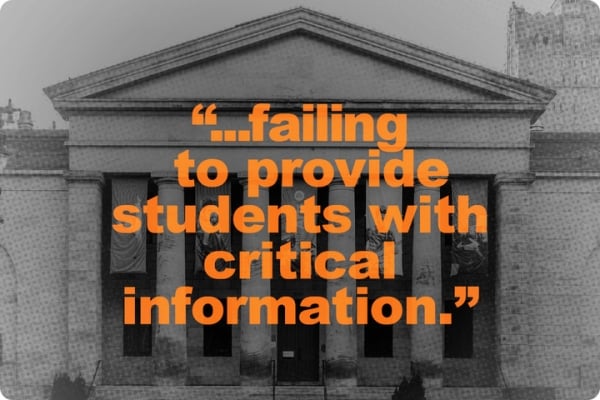The closure of institutions of higher education is always a sad and difficult situation, but when the University of the Arts announced its sudden closure, it left many people scratching their heads in confusion and disbelief. The closure of the University of the Arts has left students, faculty, and staff in shock and uncertainty, with many questions remaining unanswered.
The University of the Arts, located in a bustling city known for its vibrant arts scene, was once considered a reputable institution that offered a variety of programs in fine arts, design, media, and performing arts. However, in a shocking turn of events, the university announced its closure with little warning, citing financial difficulties as the primary reason for the decision.
The closure has raised many questions about why the university struggled financially and what led to its sudden closure. Many students are left wondering how they will complete their degrees and what will happen to their credits and transcripts. Faculty and staff are also facing uncertainty about their future job prospects and financial stability.
In addition to the confusion and uncertainty surrounding the closure, there has also been speculation about possible mismanagement or financial irregularities that may have contributed to the university’s downfall. Some have pointed to declining enrollment and competition from other institutions as possible factors, while others have raised concerns about the lack of transparency in the university’s decision-making process.
Despite the many questions and rumors swirling around the closure of the University of the Arts, one thing remains clear: the impact of this closure will be felt for years to come. Students who had invested time and money into their education at the university now find themselves in limbo, unsure of what the future holds. Faculty and staff members are left grappling with the sudden loss of their jobs and livelihoods.
As the dust settles and the closure of the University of the Arts remains shrouded in mystery, it is important for all stakeholders to come together to find solutions and support those affected by this unfortunate situation. It is crucial for the university to provide clear communication and guidance to students, faculty, and staff to help them navigate this challenging time and move forward with their lives and careers.
In the end, the closure of the University of the Arts serves as a stark reminder of the fragility of institutions of higher education and the importance of transparency, accountability, and strategic planning in ensuring their long-term success and sustainability. It is a sobering lesson for all universities to learn from and a call to action for the community to come together to support those impacted by this unforeseen tragedy.



